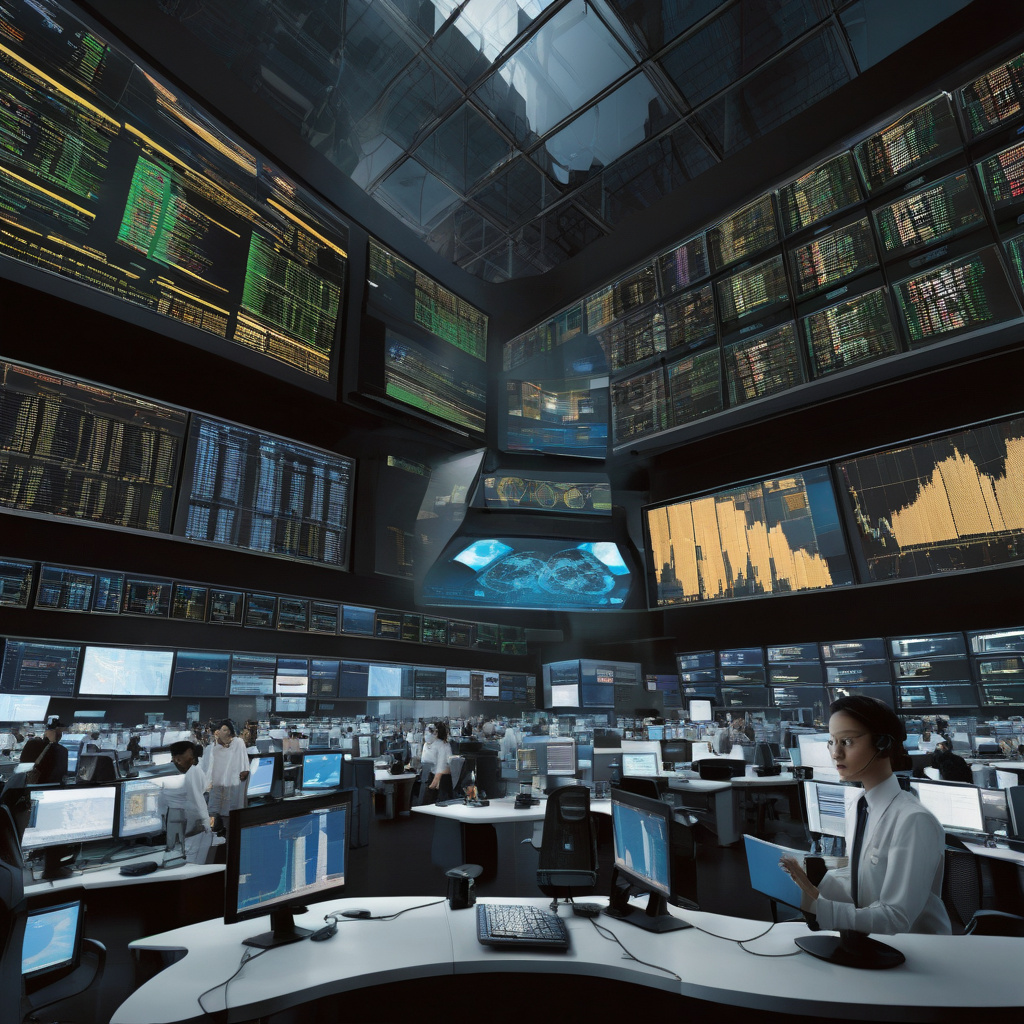The landscape of commodity trading has long been characterized by the prowess of human talent—quick decision-making, intuitive market understanding, and the finesse of building connections. However, the emergence of artificial intelligence (AI) is reshaping this dynamic in profound ways. As AI technologies continue to advance, they are significantly altering the very essence of what talent in commodity markets looks like. Let’s explore ten key ways in which AI is driving this transformation.
1. Enhanced Predictive Analytics
AI algorithms can sift through vast amounts of data at lightning speed to identify patterns and trends that may elude human analysts. By leveraging machine learning models, AI can provide more accurate predictions regarding commodity price fluctuations, enabling traders to make more informed decisions.
2. Automated Trading Strategies
AI-powered trading bots can execute trades autonomously based on predefined criteria and market conditions. These automated systems can react to market changes in real-time, allowing for swift and precise trading actions without human intervention.
3. Risk Management Optimization
AI systems can assess risk factors across multiple dimensions in commodity markets, offering traders a comprehensive view of potential risks. By analyzing historical data and market trends, AI can help optimize risk management strategies to minimize potential losses.
4. Personalized Insights
AI tools can provide traders with personalized insights tailored to their trading preferences and risk tolerance levels. By analyzing individual trading patterns and behaviors, AI can offer customized recommendations to enhance decision-making processes.
5. Market Sentiment Analysis
AI technologies can analyze social media, news articles, and other sources of information to gauge market sentiment accurately. By understanding the prevailing mood in commodity markets, traders can adjust their strategies accordingly.
6. Operational Efficiency
AI streamlines various operational tasks in commodity trading, such as trade processing, documentation, and compliance. By automating routine activities, AI frees up traders to focus on higher-value strategic initiatives.
7. Real-Time Monitoring
AI-powered tools enable real-time monitoring of commodity market activities, alerting traders to relevant events or anomalies promptly. This instant access to critical information empowers traders to act swiftly in response to changing market dynamics.
8. Algorithmic Trading
AI algorithms can analyze market data and execute trades at speeds far surpassing human capabilities. Through algorithmic trading, AI can capitalize on fleeting market opportunities with precision and efficiency.
9. Performance Tracking and Analysis
AI can track and analyze traders’ performance metrics in real-time, providing valuable insights into their trading strategies’ effectiveness. By identifying strengths and weaknesses, AI can help traders refine their approaches for better outcomes.
10. Continuous Learning and Adaptation
AI systems continuously learn from new data and adjust their algorithms to enhance performance over time. This adaptability allows AI to evolve alongside changing market conditions, ensuring that traders always have cutting-edge tools at their disposal.
In conclusion, the integration of AI into commodity trading is revolutionizing the concept of talent in this sector. By harnessing the power of AI technologies, traders can gain access to unparalleled insights, optimize their decision-making processes, and stay ahead of the curve in an increasingly competitive market environment. Embracing AI is no longer just an option but a necessity for those looking to thrive in commodity markets of the future.

